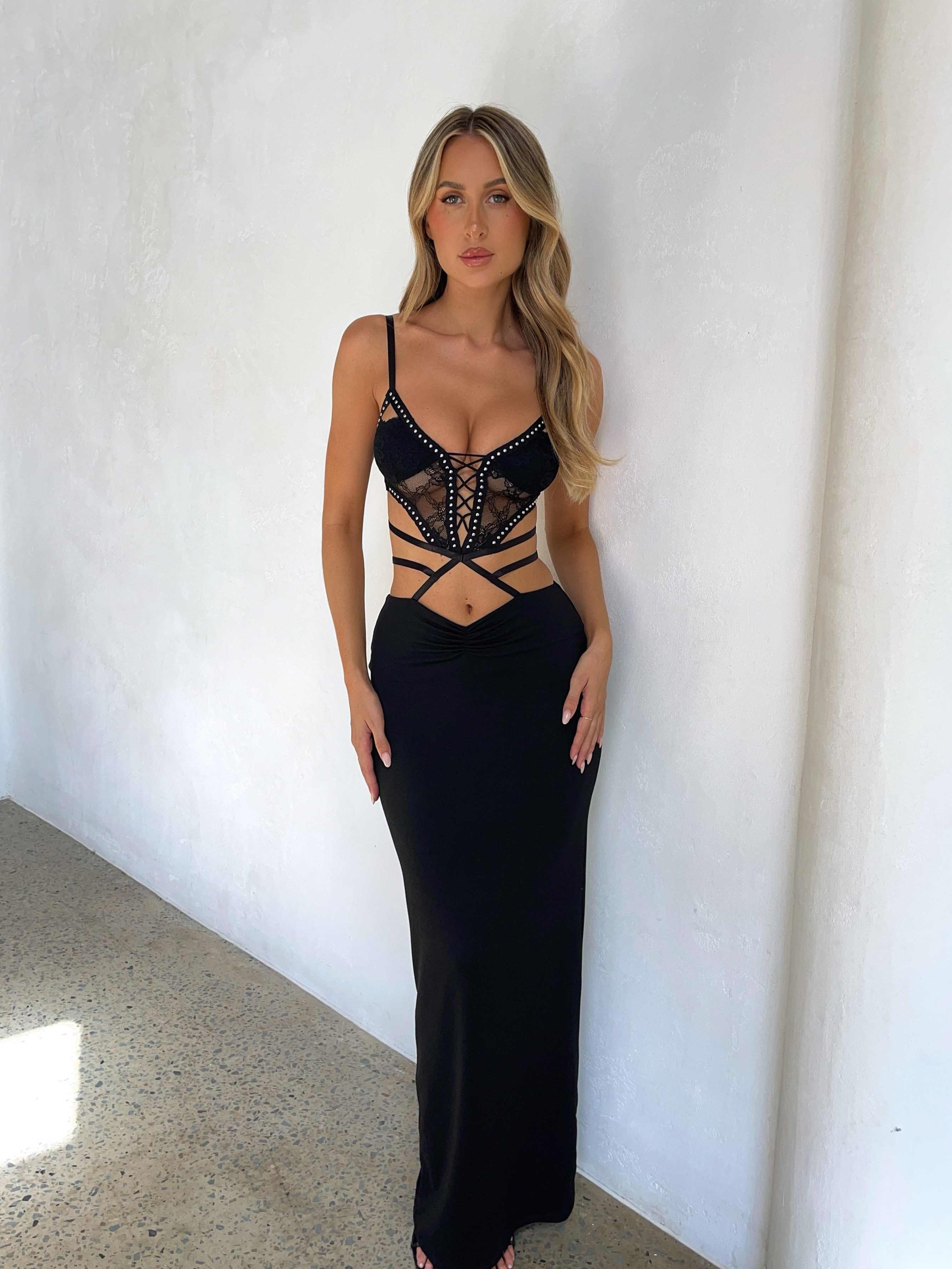Threads of Rebellion: Decoding the Outcast Aesthetic in festival Fashion
Festival culture, a vibrant tapestry of music, art, and communal experience, has long been a breeding ground for unique and often rebellious fashion. Beyond the mainstream trends, a distinct aesthetic emerges from the fringes, a visual language spoken by the outcasts, the nonconformists, and the boundary-pushers. This “outcast festival clothing” isn’t merely about looking different; it’s a powerful expression of identity, a defiant rejection of societal norms, and a celebration of individuality within a shared, transformative space.
The roots of this aesthetic can be traced back to the early days of music festivals, where attendees sought to break free from the constraints of everyday life. The psychedelic era, with its emphasis on self-discovery and altered states of consciousness, laid the foundation for a style that was both visually arresting and deeply personal. As festivals evolved, so did the clothing, reflecting the changing cultural landscape and the diverse subcultures that found a home within these temporary communities.

The outcast festival wardrobe is a melting pot of influences, drawing inspiration from punk, goth, cyberpunk, post-apocalyptic, and tribal aesthetics. It’s a style that embraces the unconventional, the handmade, and the repurposed. Here’s a breakdown of some key elements:
Distressed and Repurposed: The Art of Imperfection
Tattered Textiles: Ripped jeans, frayed denim jackets, and patchwork clothing are staples of the outcast look. These garments tell a story of wear and tear, of lives lived on the edge. They reflect a rejection of consumerism and a celebration of resourcefulness.
Dark and Edgy: Embracing the Shadow Self
Black as a Statement: Black is a dominant color in the outcast palette, symbolizing rebellion, mystery, and a rejection of mainstream ideals. It’s a color that evokes a sense of power and independence.
Tribal and Shamanic: Connecting with the Primal

Natural Materials: Leather, feathers, bones, and other natural materials are used to create a connection with the earth and with ancient traditions. They evoke a sense of spirituality and a reverence for the natural world.
Functionality and Practicality: Surviving the Festival Environment
Durable Footwear: Festivals often involve long hours of walking and dancing, so comfortable and durable footwear is essential. Combat boots, hiking boots, and other sturdy shoes are popular choices.
Outcast festival clothing is more than just a fashion statement; it’s a powerful expression of identity and a way to connect with like-minded individuals. For those who feel marginalized or misunderstood, these garments can serve as a form of armor, a way to project a sense of strength and resilience.
Finding Your Tribe: The Communal Aspect of Outcast Style

Visual Recognition: The unique and distinctive nature of outcast festival clothing allows individuals to easily identify with others who share their aesthetic and values. It creates a sense of belonging within a larger community.
Challenging Norms: The Political Dimension of Outcast Fashion
Defiance of Societal Expectations: Outcast festival clothing often challenges traditional notions of beauty and gender. It’s a way to reject societal expectations and to embrace individuality.
The Future of Outcast Festival Fashion: Evolution and Adaptation
As festival culture continues to evolve, so too will the outcast aesthetic. New technologies, materials, and influences will shape the future of this unique style.
Sustainability and Ethical Practices
Emphasis on Upcycling and Repurposing: The growing awareness of environmental issues will likely lead to an even greater emphasis on upcycling and repurposing materials.
Technological Integration
Wearable Technology: Wearable technology, such as LED lights and interactive fabrics, will likely be integrated into outcast festival clothing, creating new and innovative ways to express oneself.
Cultural Fusion and Global Influences
Cross-Cultural Exchange: The internet and social media have facilitated a greater exchange of cultural influences, leading to a more diverse and eclectic outcast aesthetic.
In conclusion, outcast festival clothing is a powerful and multifaceted form of expression. It’s a visual language that speaks of rebellion, individuality, and a deep connection to community. As festival culture continues to evolve, this unique aesthetic will undoubtedly continue to adapt and transform, reflecting the changing values and aspirations of those who dare to be different.



